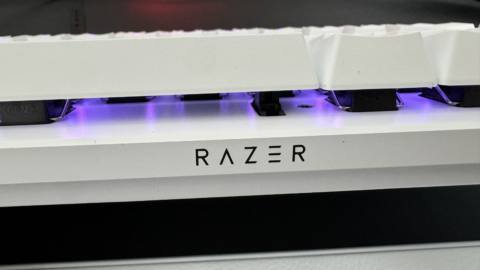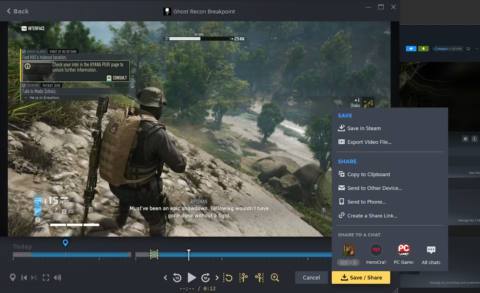When I first laid eyes on Kvark, my mind immediately flashed to Sovietcore boomer shooter Hrot—which, for the record, I enjoyed every bit as much as PC Gamer comrade Ted Litchfield. Playing it, though, I found something quite different: A boomer shooter, yes, and very much an ironic take on the grim fatalism of life in a grubby Soviet satellite state. But the feel of the game is really much more in line with the original Half-Life.
Rather than a theoretical physicist with a degree from MIT, in Kvark you play a “valued employee” of an underground facility where workplace accidents (of the fatal sort) are a near-daily occurrence. If it seems slightly odd that your time in your new job begins in a cell block, that quickly becomes the least of your worries. Something has gone very wrong, and it's up to you to either figure out what and clean it up, or just get the hell out of there—I'm honestly not sure how that's ultimately going to shake out.
The basics are fairly straightforward: If it moves, shoot it. I'm not an FPS pro so I won't deep dive into the gunplay, but the weapons feel punchy and make pleasingly loud noises, and it's really quite a bloody mess: Limbs fly, heads pop with a satisfying squitch, walls and floors are liberally drenched in red, and I probably shouldn't describe shotgun decapitation as “cute” but you know what? It kind of is.
Kvark has been in early access on Steam for over a year now, and even at this state there are aspects of it that feel a little rough around the edges. Enemy AI isn't great—the bad guys simply charge directly at me in a conveniently straight line—yet incoming enemy fire can be irritatingly accurate. What I find most bothersome is the save system, which employs single-use checkpoint saves to mark progress through a level. Save points are few and far-between (at least in the levels I've played through) and because they only trigger once, doubling back to an earlier save point (which at least one level requires) won't protect your progress.
“The game originally had a quicksave and load feature,” Jiří Vašica, CEO of developer Perun Creative, told me. “However because of that, it was super easy to 'cheat' and you could quickly reload and resolve a situation differently, knowing what is going to happen. This was removing challenge from the game. Because of that we decided to remove manual quicksaves and only use the checkpoint save system.”
Vašica said it's “probable” that the frequency of save points, possibly based on the difficulty level, will be increased in a post-launch update, or that some other changes to the system will be made.
“We just need to collect more data from the players, so that we can balance the game a bit more,” he said. “Currently we are doing the placement based on the internal QA and feedback from the early access players.”
Look, as a long-time PC gamer I don't like checkpoint save systems as a matter of principle as much as anything else. But it's a relatively minor quibble in the big picture, and the bottom line is that I'm having a lot of fun with Kvark. The pre-Glasnost vibe is outstanding: Some areas are downright creepy (and yes, there are spiders, consider yourselves warned) but the whole thing is shot through with dark, ironic post-Soviet humor. Is it subtle? Not often. But is it funny? Hey, it's working for me.
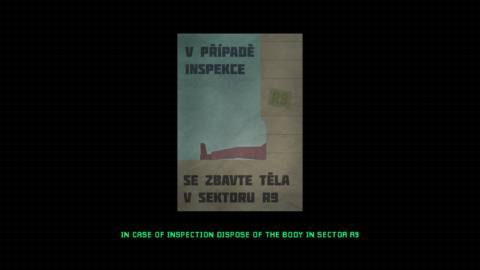
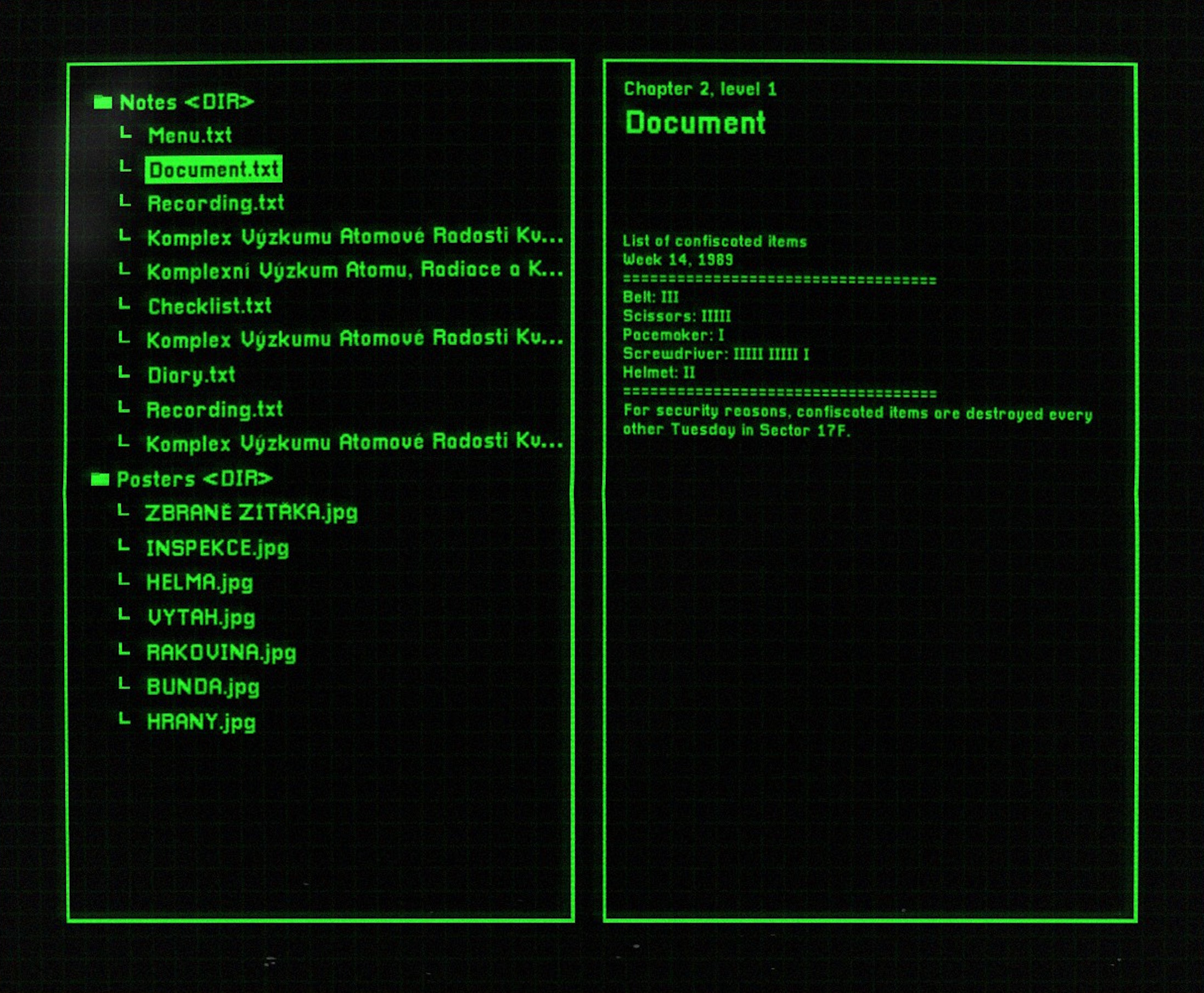
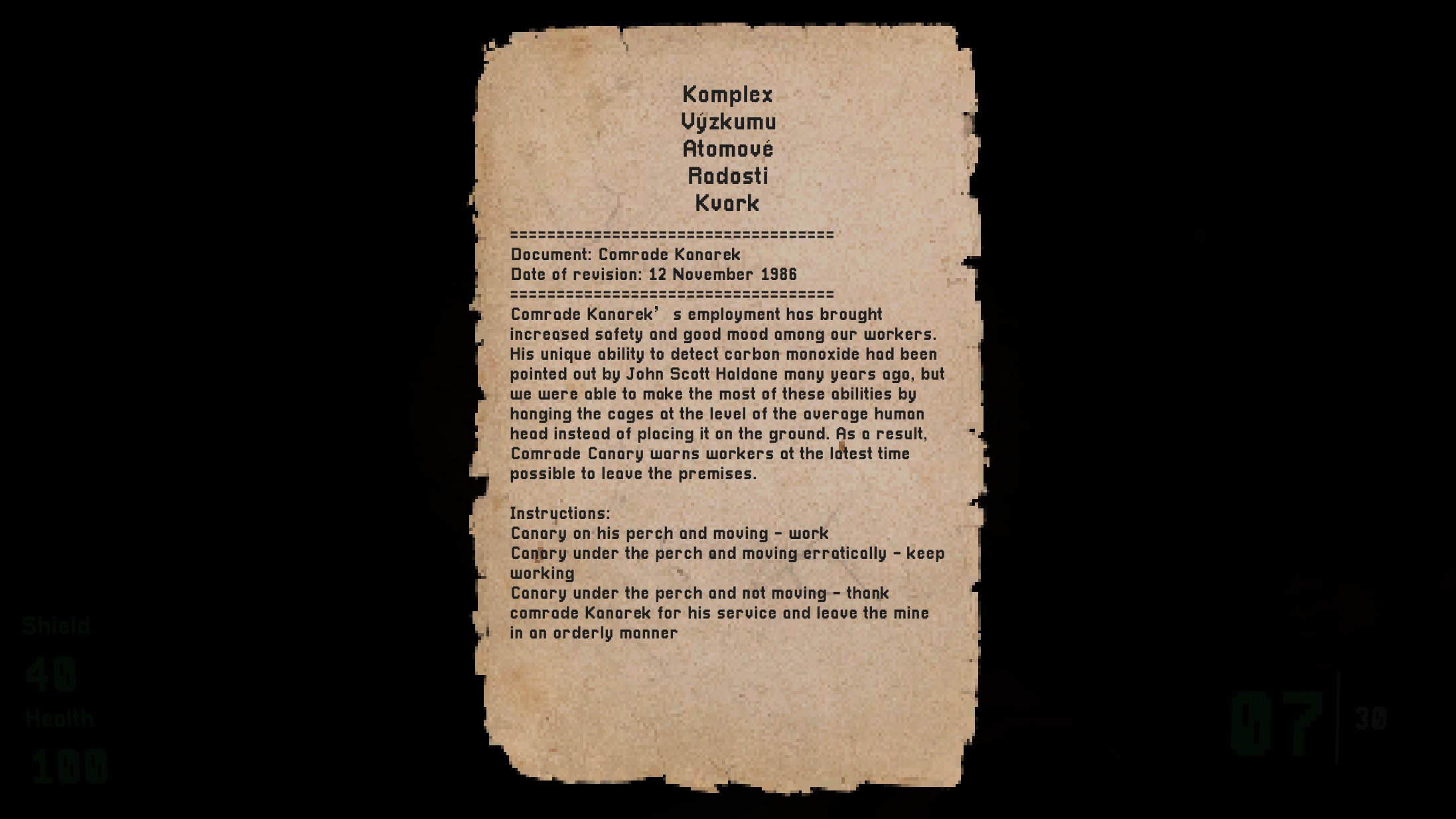
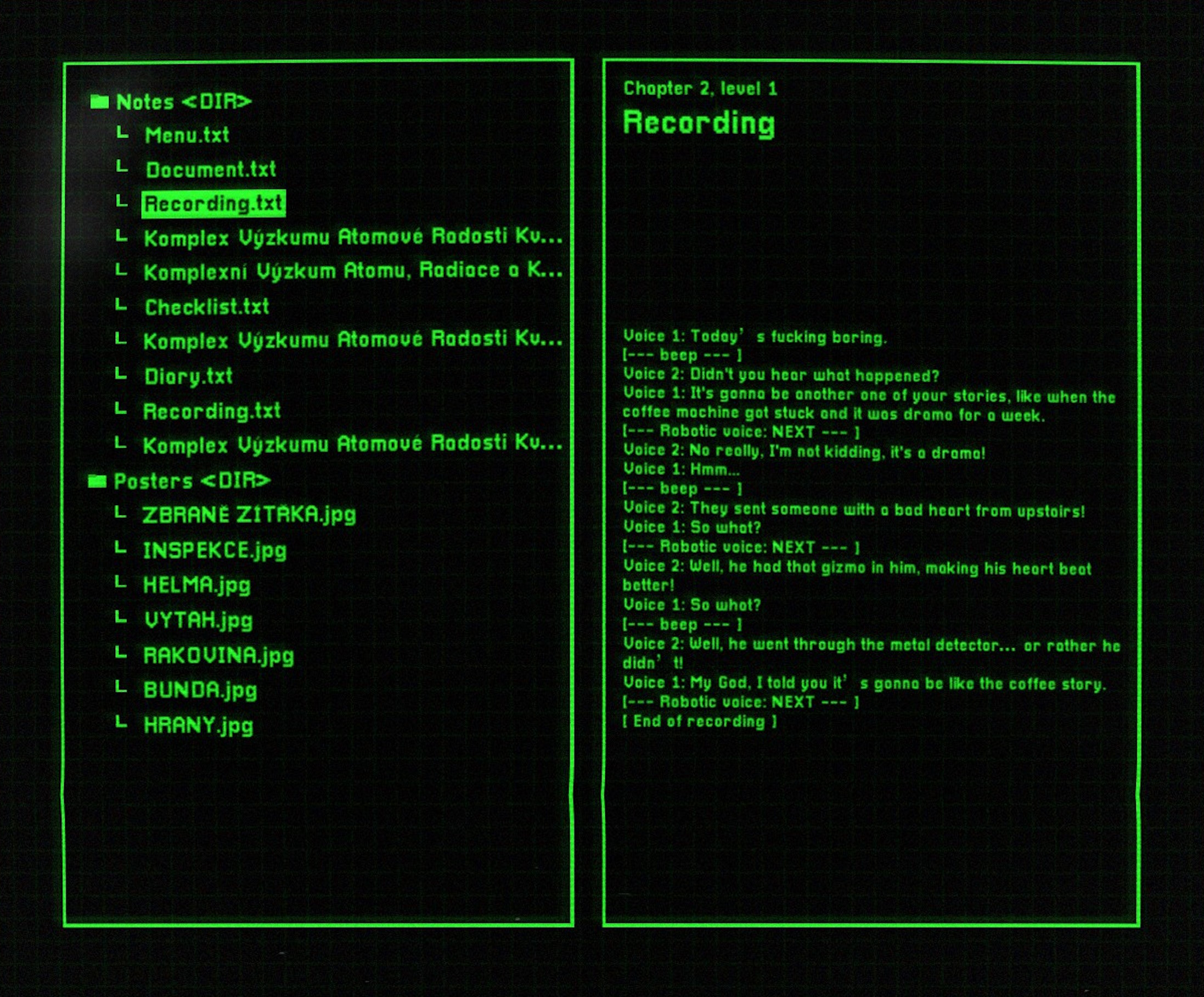
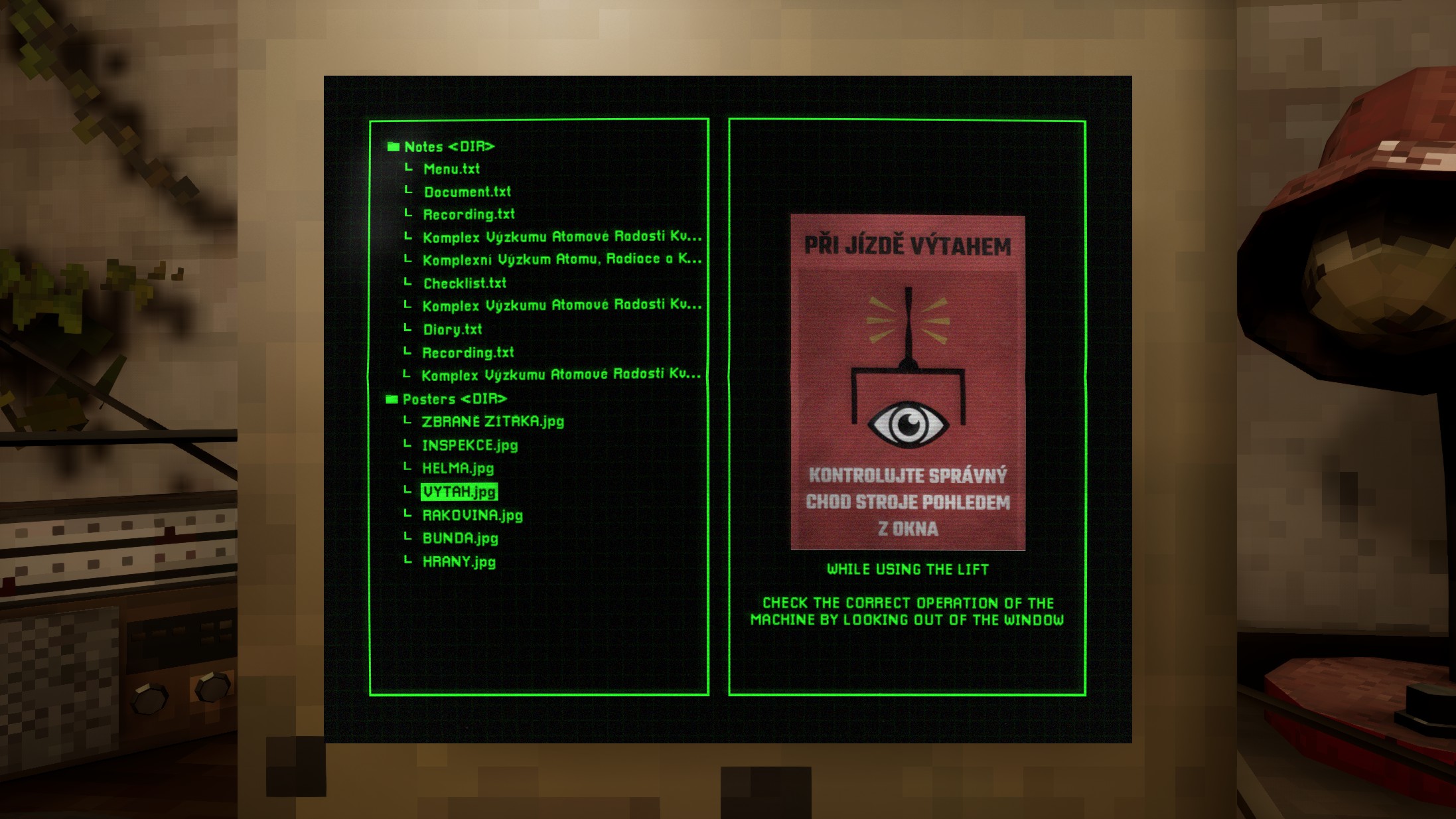
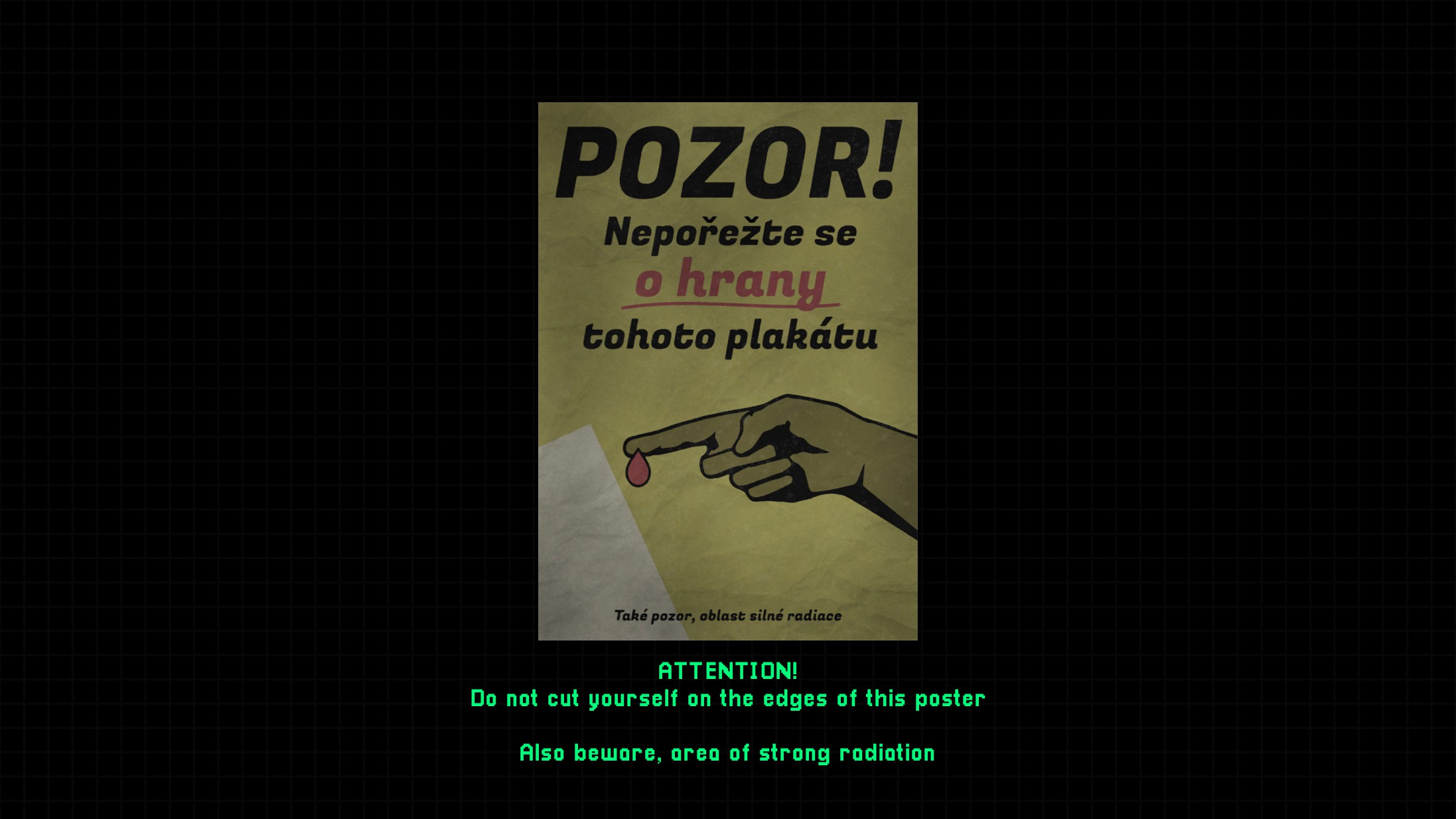
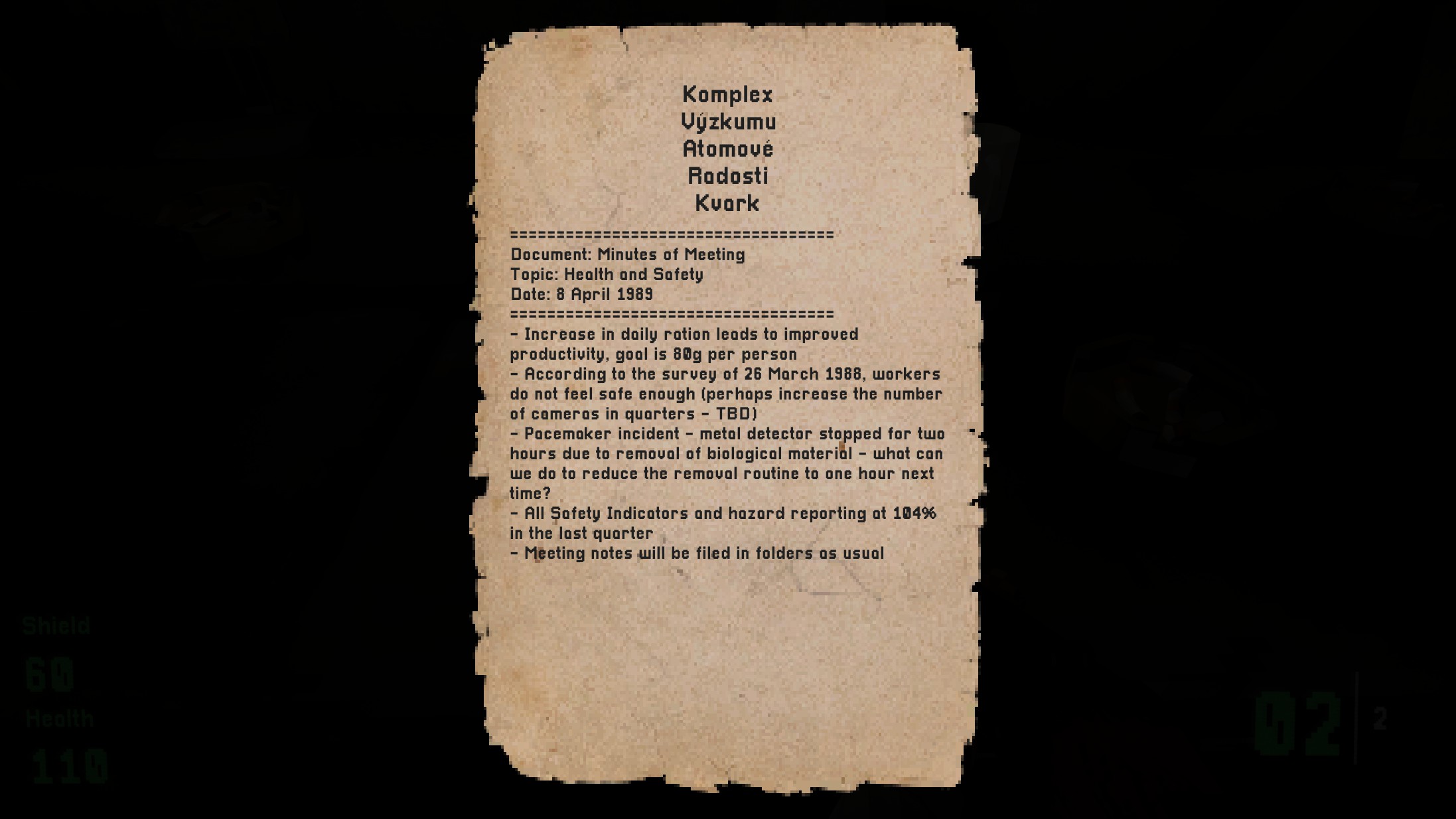
I think the highest compliment I can pay to Kvark is that I first started with the intent of playing a level or two, just to get a sense of what it's like, but now, well, I'm just playing it. I'm in the early bits of the second of three chapters, and right out of the gate it feels more advanced and complex than the first. The third and final chapter is out today as part of the 1.0 launch, which features a beefy list of other changes and additions, and I'm really looking forward to what it has in store. (I may actually start over to ensure I don't miss out on the full experience.)
Kvark is available now on Steam for $20/£17/€20. For those who've already been playing the early access version, the full list of changes in the 1.0 release is below.
Additional content
- 4 new levels
- More enemies
- New weapon
- More lore
- Player thoughts
- Collectibles
- More posters
- New perks
- More interactive items
Features
- New localizations to Japannese, Chinese, German, Polish and Russian (We already had localization for English and Czech)
- Added arachnophobia mode
- Improved shader compiling process to use new Unreal Engine PSO
- Physics props now have dynamic shadow
- Inventory is more compact and looks better
- Various UI improvements
- Some switch N puzzles will display progress
- Organized bindings into categories
- Fixed and improved bindings
- Cardboard box has random drop
Fixes
- Fixed hit animations
- Drones shouldn’t get stuck in walls
- Audio – Ambience is muted when going back to the main menu
- Improved drone movement
- Audio – Settings – Loading doesn’t stop ambient audio
- Audio – headshot doesn’t play when attacking with wrench
- Music stops after killing boss in CH1L5
- Added missing reverb and ambient in CH2L1
- Audio – Conveyor belt doesn’t stop on load in C2L3
- Overlay material on pickups fade smoothly instead of abruptly appearing
- Footsteps works on level geometry
- All levels aren’t unlocked in level picker
- Elevator shouldn’t damage the player
- Enemies shouldn’t get stuck in C2L5 in big cave
- Player can’t get stuck in C2L2
- And many many more small fixes

